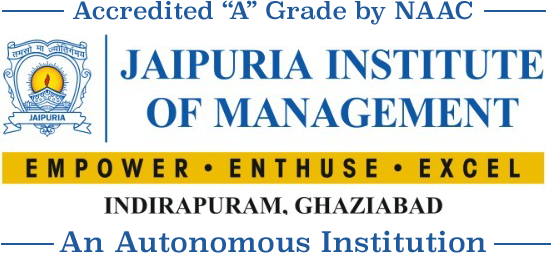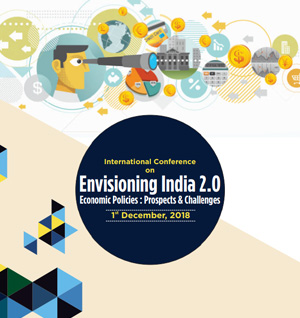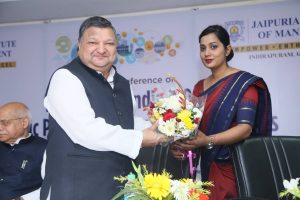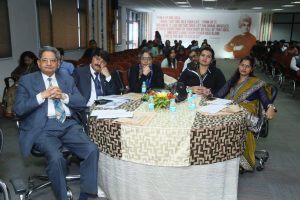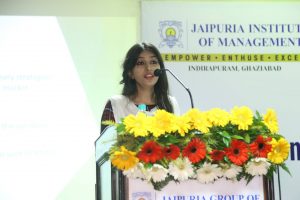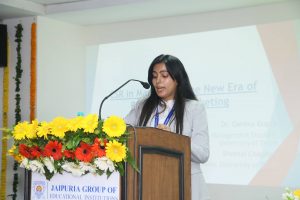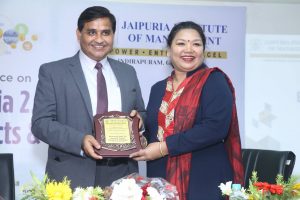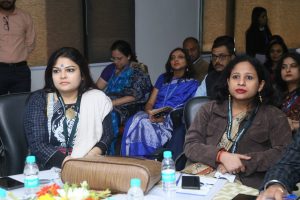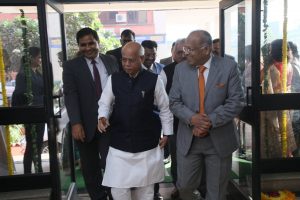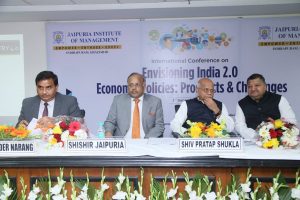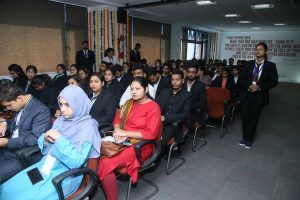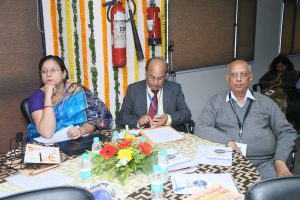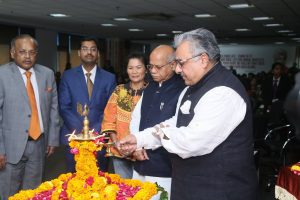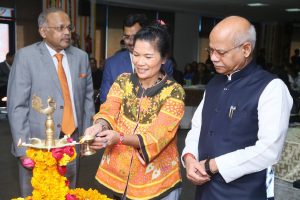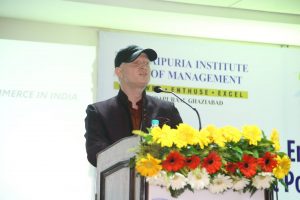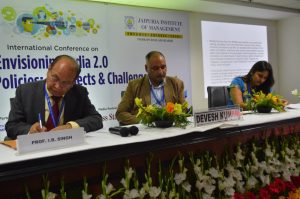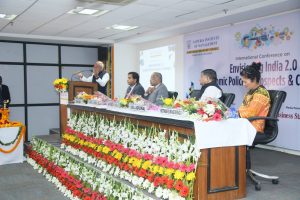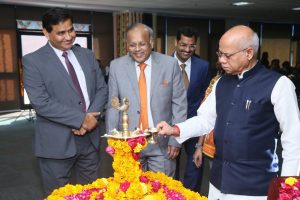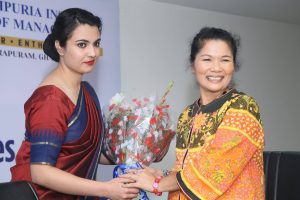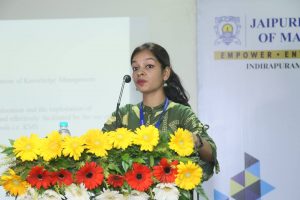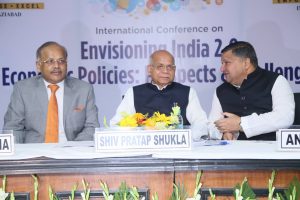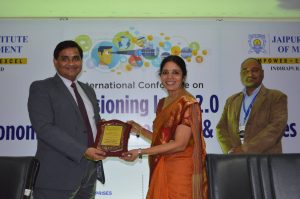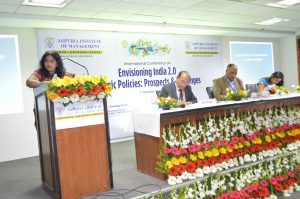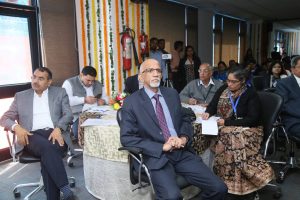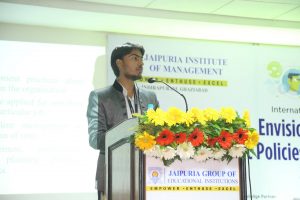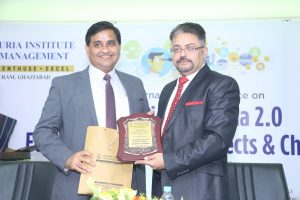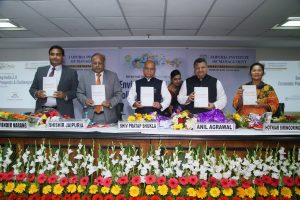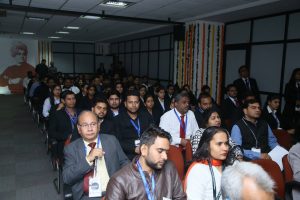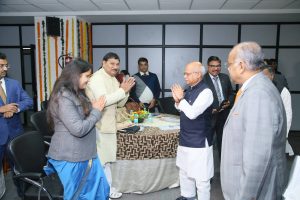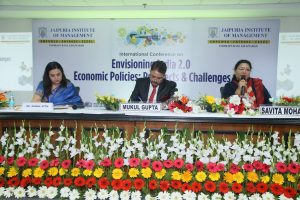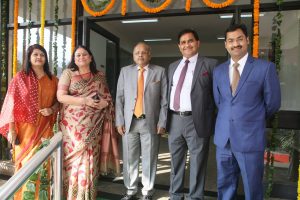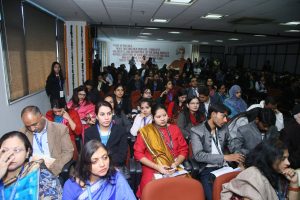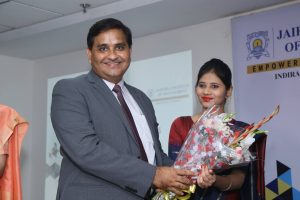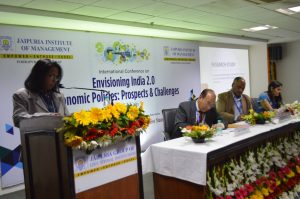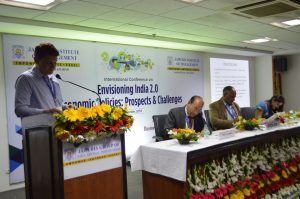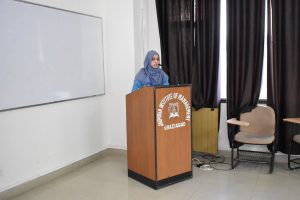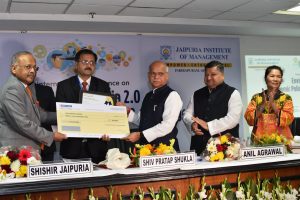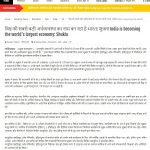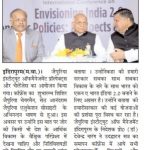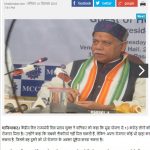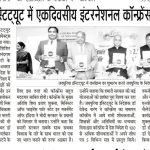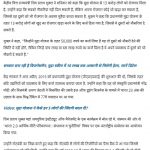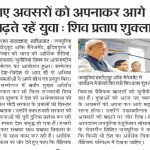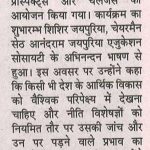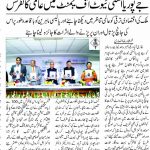4TH INTERNATIONAL CONFERENCE ON
ENVISIONING INDIA 2.0 ECONOMICS POLICIES PROSPECTUS & CHALLENGE
INTERNATIONAL CONFERENCE EVENT HIGHLIGHTS
The scenario of world economy today presents huge disparity. Success and progress on some fronts seem to provide basis for confidence that there is great possibility for sustained economic growth, increasing prosperity, and the mitigation of poverty. On other fronts, limited progress has been reflected in tackling old problems, and much of the progress that is made seems increasingly vulnerable to shifts in international financial markets and capital flows. To have a better future for all, it is essential that we understand the origins of both the successes and the vulnerabilities.
In the Indian context, The Narendra Modi government’s Digital India, Make in India and Skill India that leads to a NEW INDIA i.e. India 2.0 has three major pillars. One, it aims to build infrastructure and provide the internet as a utility to every citizen. Two, it promises to improve service delivery by making services available online. And three, it seeks to enable people to access the internet by building digital literacy. It looks to both expand the physical broadband network and universalize access to mobile internet, which has been the prime driver of growth in internet penetration in the last decade. Among the new initiatives aimed at reducing paperwork is the Digital Locker, which allows users to upload and store documents that can be shared with government agencies to expedite official applications for, say, marriage licences or LPG connections. Aadhaar card holders will be able to authenticate documents using eSign, a digital signature application. Another portal is eHospital, which will let citizens avail health services online, also issuing a unique health identication number piggybacked to Aadhaar.
CHIEF GUEST
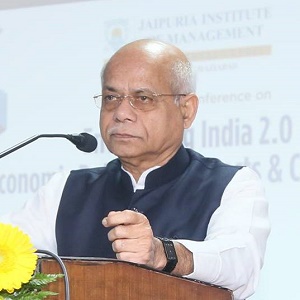
Shri Shiv Pratap Shukla
Minister of State for Finance
GUEST OF HONOUR
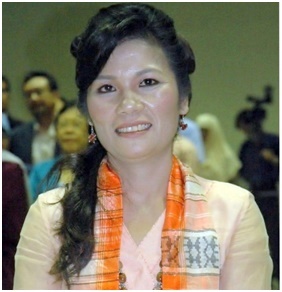
Ms. Hotniar Siringoringo
Gunadarma University, Jakarta Indonesia
CONFERENCE VIDEOS

